Prototype: A Rippled Pond (3D printed)
|
"The Obscure Features Hypothesis in Design Innovation" This paper shows the BrainSwarming platform's at work on engineering problems (e.g., automated window washers for high rise buildings).
BrainSwarming was initially called Cahoots. "Cahoots: A Software Platform for Enhancing Innovation and Facilitating Situation Transfer"
"An Approach to Human-Machine Collaboration in Innovation" This paper contains the first mathematical proof that there is a limit to how creative a computer can be. The set of features of an object cannot be completely listed out by machine, so a computer cannot there is a limit to how creative a computer can be with an object. Every innovation is based upon at least one rarely-noticed or completely new feature of an object (Obscure Features Hypothesis). The paper then goes on to rigorously define the BrainSwarming grammar and its bi-directional networks (Bi-Nets) that hold the key to powerful collaborative problem solving.
"A Visual Representation to Quantitate, Diagnose, and Improve Creativity in Insight Problem Solving" 22 new quantifiable measures help diagnose an individual or team's creative weaknesses. Each measure leads to a prescription for how to overcome the weakness. The BrainSwarming graph engages in these measures and then prescribes and guides its users to overcome them.
Harvard Business Review (HBR) video: "Why we can't see solutions in plain sight?" HBR Video: "BrainSwarming: Because brainstorming doesn't work" HBR Article: "Find Innovation Where You Least Expect it" "Human-AI Synergy in Creativity and Innovation" (Journal Article) |
Tony McCaffreyInnovation Researcher, College Professor, Entrepreneur Categories
All
Archives
June 2020
|
||||||||||||||||||||||||
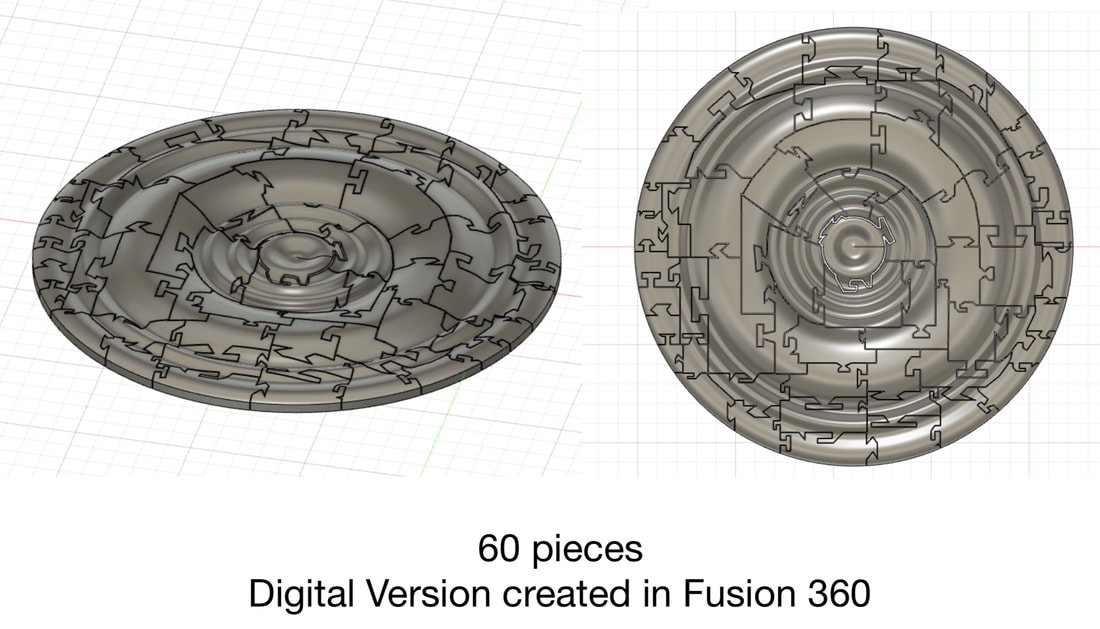
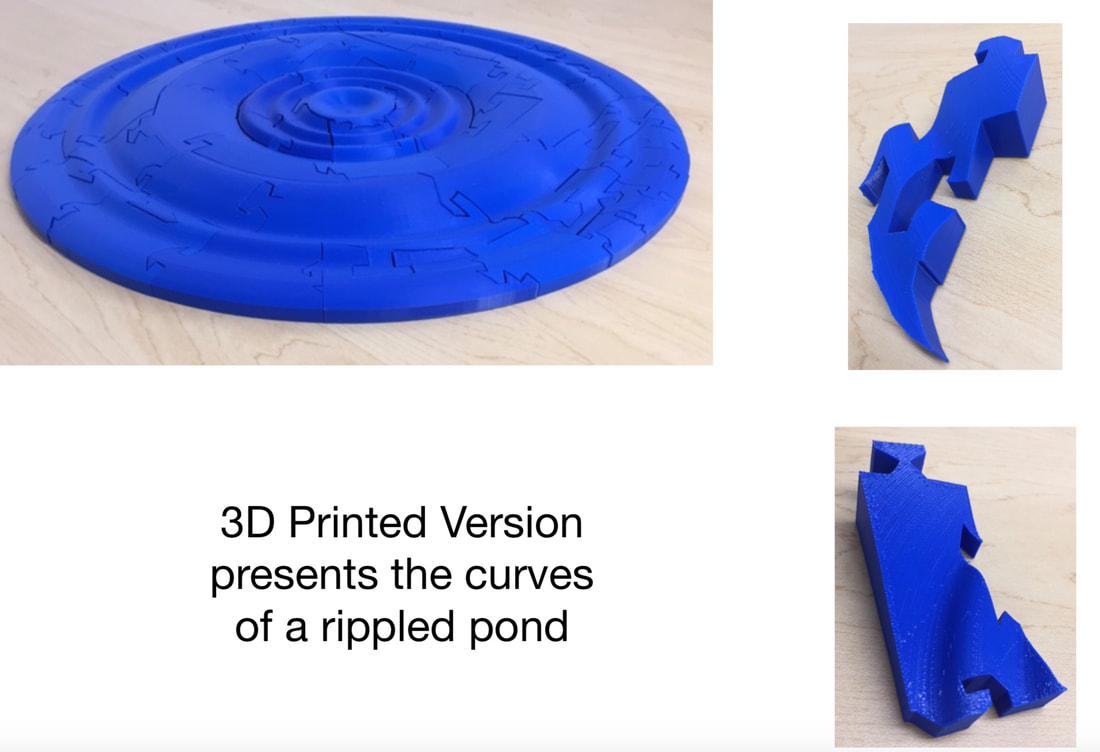
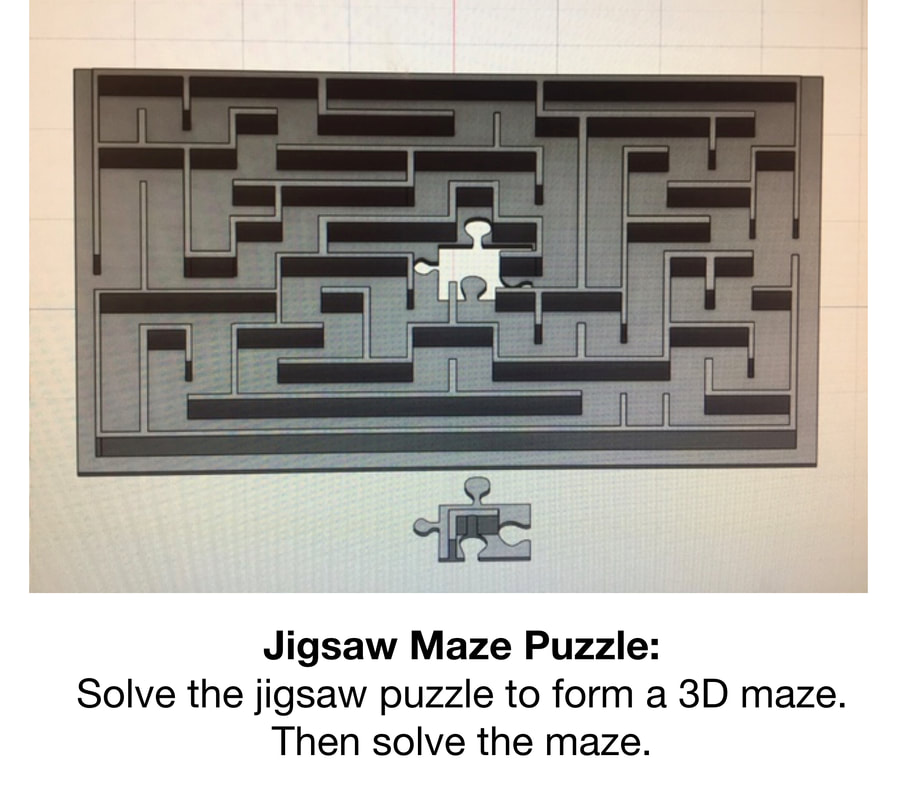
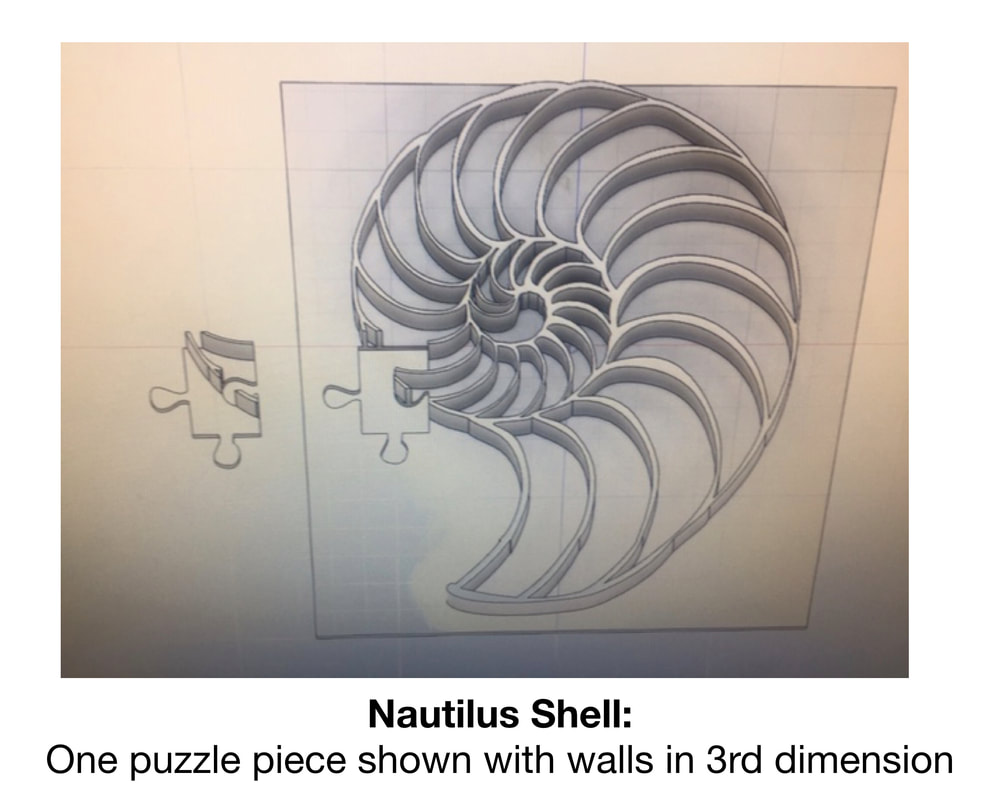

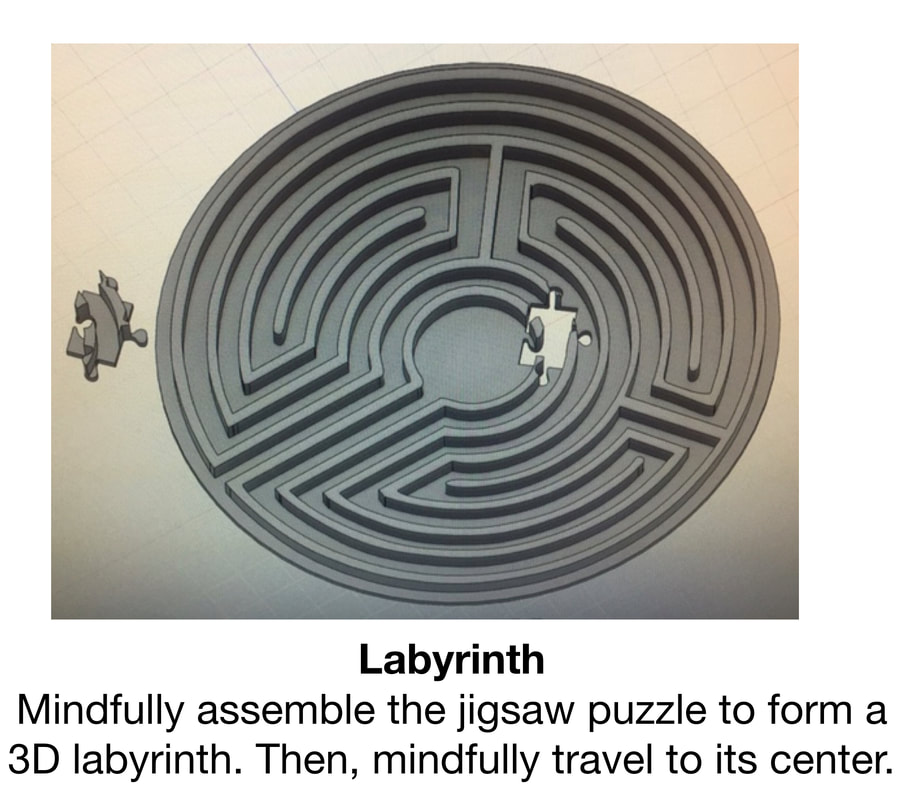
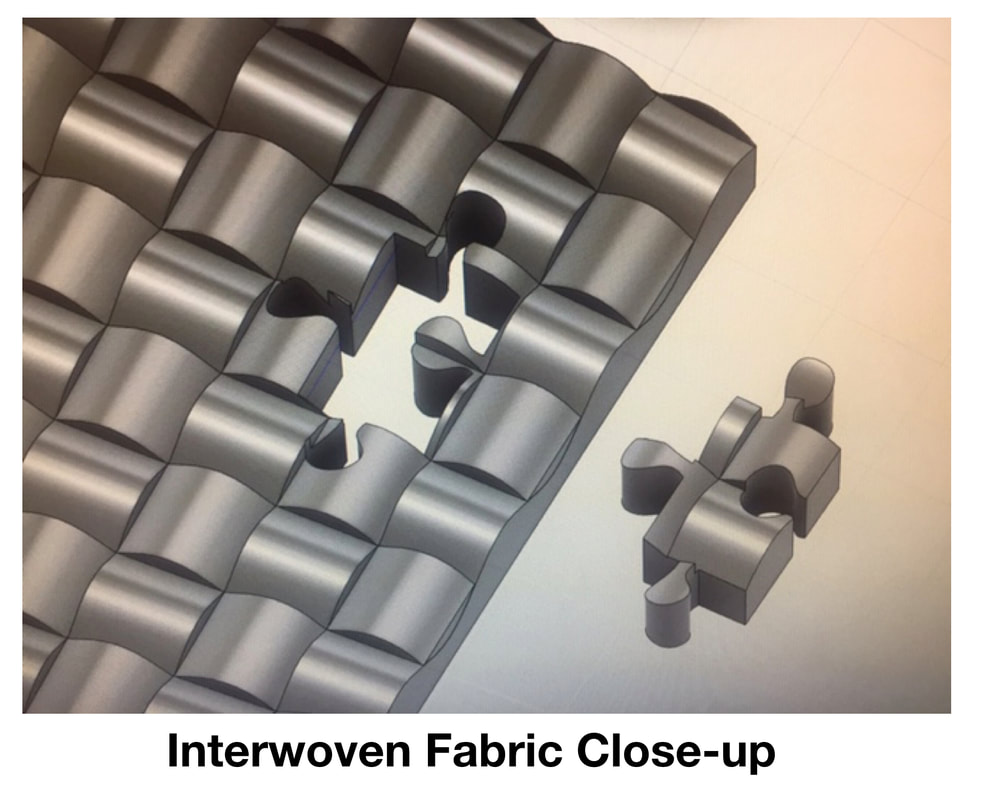


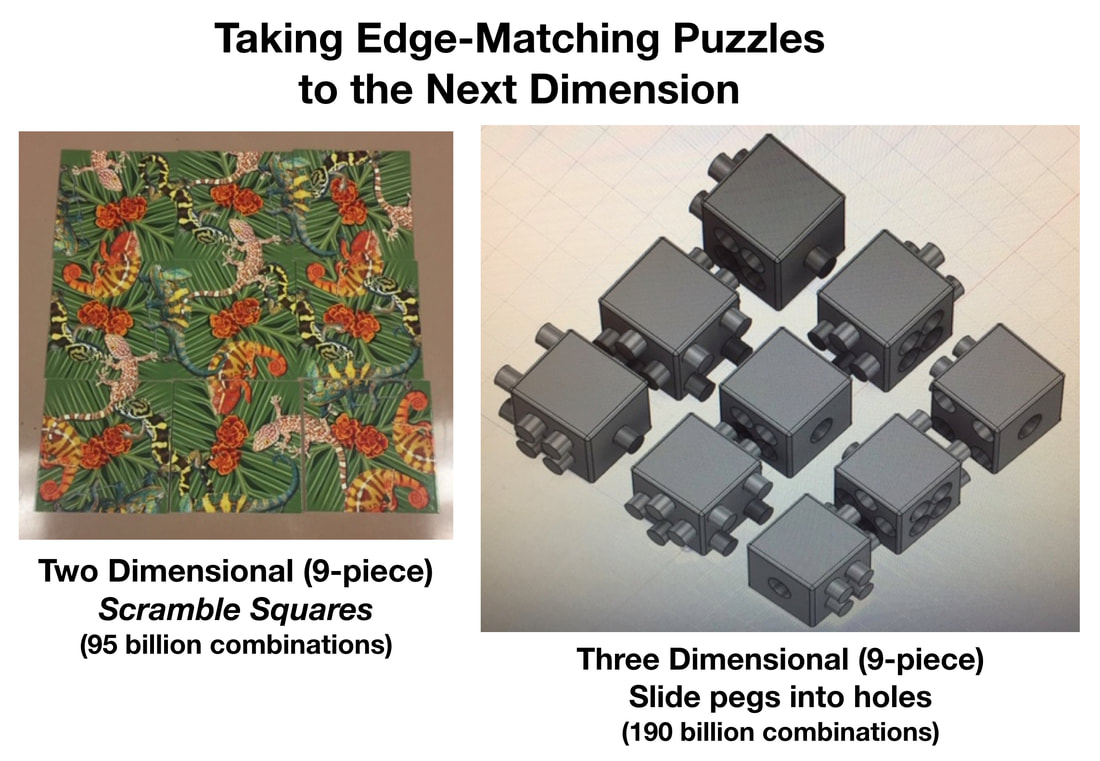
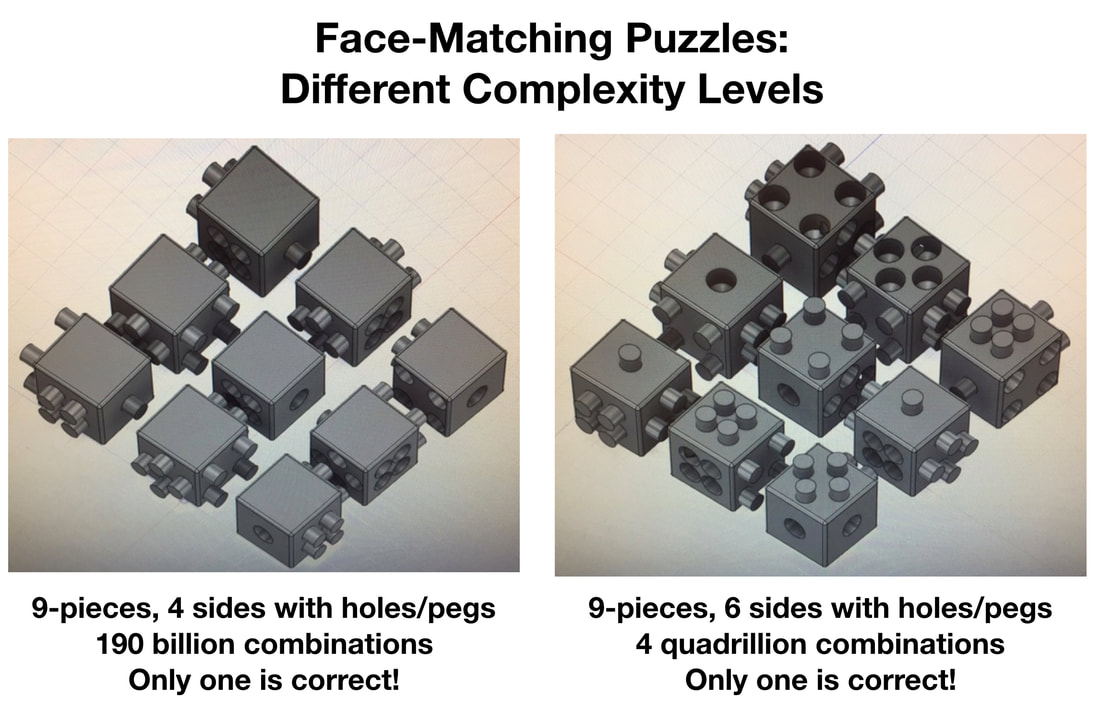
 RSS Feed
RSS Feed
